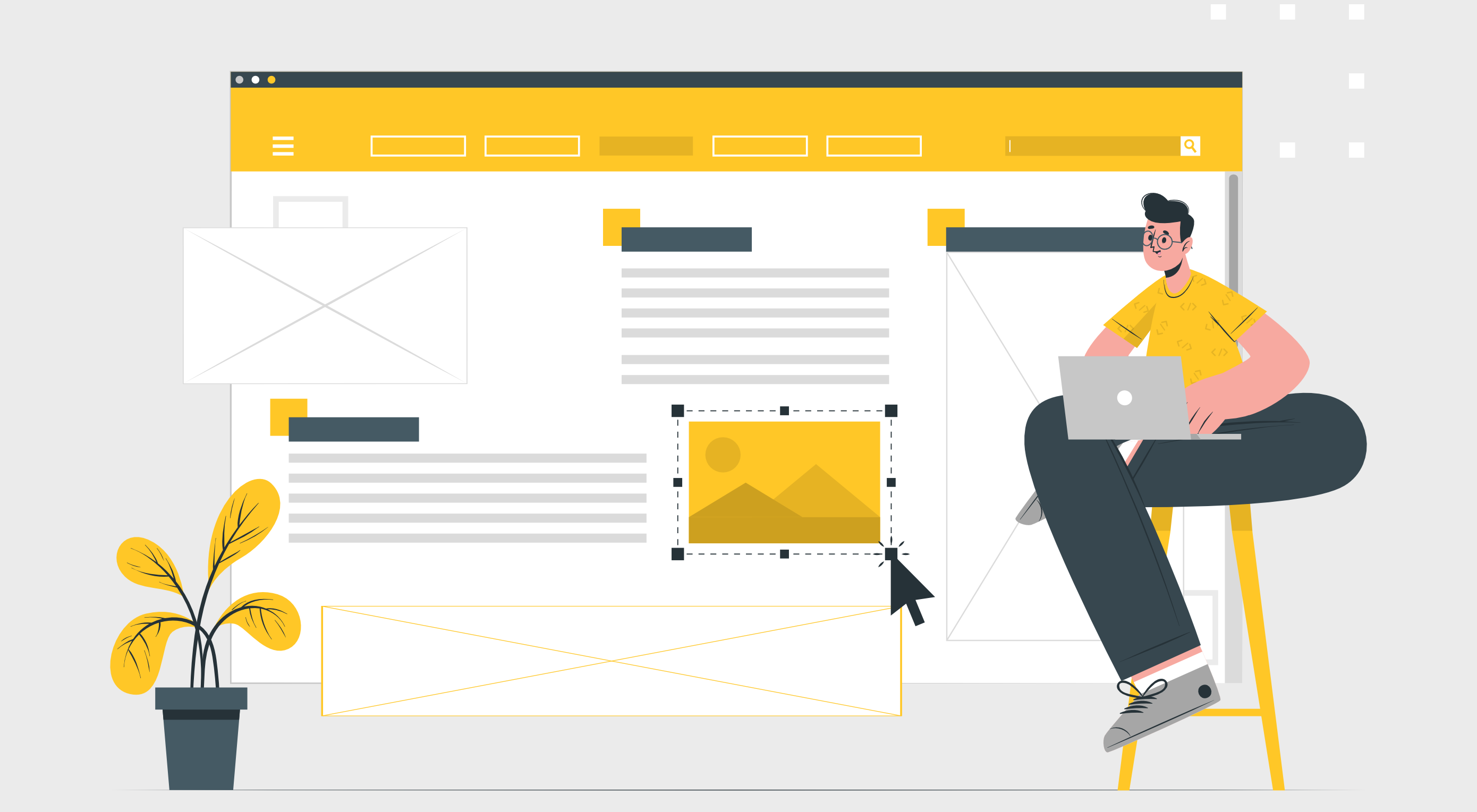
A design portfolio is an excellent way to demonstrate your skills as a freelancer. As a web designer, you compete with millions of other web designers. Therefore, you must have a strong portfolio to land a high-paying web designing job in such a competitive space. A strong portfolio sets you apart from others. Having no clients, however, can make it challenging to get your portfolio noticed and build up any momentum.
People typically build portfolios from projects they do for clients. Hence, it seems unlikely for a new web designer without clients to have a strong portfolio. However, it’s attainable. You can build a design portfolio with no clients, and you’ll find out how in this post.
What Makes A Good Design Portfolio?
A good portfolio should display your best work, as most clients want to see your best. However, your best work may not be client work. In addition, what’s more, important than displaying your best work is showing your versatility.
Being a versatile web designer will land you more jobs than being an expert in just one type of web design. Notably, you don’t need to have many clients to be versatile in web design. Instead, you become versatile by taking on different projects.
A good design portfolio should include professional recommendations. Testimonials from previous clients are valuable here, but anyone can recommend you. It could be a web designer friend, collaborator, or even your tutor.
Furthermore, a good portfolio should feature non-client work; even if you have thousands of past clients, featuring personal projects is still ideal. It shows your growth as a web designer isn’t limited to what clients ask you to do.
Many other factors constitute a good portfolio, but these points are the most important regarding showing your skill. You can build a portfolio that includes them even if you have no clients.
How To Build A Design Portfolio With Zero Clients
You can try all or some of these methods to build a design portfolio if you have no clients.
1. Take On Design Challenges
A simple way to build a strong web design portfolio is by competing in challenges. It’s helpful whether you have clients or not.
Winning a design challenge is like finishing at the top of the class. It demonstrates that you’re the best web designer in the room and the type of web designer clients want to hire. Generally, taking on design challenges will help sharpen your skills.
You can partake in competitions arranged by renowned web design communities. You can find such competitions on websites like 99designs and Design Crowd. More often than not, winning a web design challenge will land you a job.
2. Carry Out Personal Projects
Carrying out personal projects is similar to competing in challenges. However, in this case, you’re challenging yourself.
Have you ever had a unique idea for a website? Don’t wait until a client asks you to build such a website. Instead, you can begin the project on your own. Then, if you succeed, you can proudly display the project in your portfolio.
When you get clients, you wouldn’t need to convince them that you can handle such tasks; the personal project is a testament to it.
You can carry out as many personal projects as you envisage, no matter how simple or complex. Furthermore, you don’t always have to complete them. Even failed personal projects can be part of your portfolio.
3. Clone Websites
When most clients contact you, they’ll want you to create a website similar to some existing website. You can give yourself a head start by cloning some popular websites and featuring the projects in a portfolio.
Your ability to build a replica of a professional website from scratch shows expertise. In addition, you most likely won’t get a 100% match with the original version. Your version may have improvements that subsequent clients would appreciate.
Furthermore, some website designers specialize in cloning. Suppose you plan to provide such services to clients. In that case, displaying your previously cloned website projects is all you need to create a strong portfolio.
4. Create Websites for Family and Friends
Your family and friends are potential clients. Hence, you can offer to build websites for them, even if it is for free. Afterward, you should include the work in your portfolio.
If your friend or relative has an offline business, for example, you could offer to build a website to give them an online presence.
Even if they eventually don’t use the website, you can include it as a demo project in your portfolio.
5. Get Inspiration From Others
You’re not the only web designer with no clients who wants to build a strong portfolio. Therefore, you can draw inspiration from others.
Dribbble, the social networking platform for designers, is among the best options you have. Dribbble allows you to find thousands of new and veteran web designers with varying portfolios.
You can scan the portfolios, examine the content, and try to replicate what you can in yours. Furthermore, you can even build a portfolio directly on Dribbble.
Bottom Line
Not having clients shouldn’t discourage you as a new web designer. You can still build a strong design portfolio with the methods discussed in this article.
After creating your portfolio, you can then use it to secure jobs. Subsequently, you can update the portfolio with your best client work.
Featured image by storyset on Freepik.
Source>
p img {display:inline-block; margin-right:10px;}
.alignleft {float:left;}
p.showcase {clear:both;}
body#browserfriendly p, body#podcast p, div#emailbody p{margin:0;}>
The post How To Build A Design Portfolio With Zero Clients first appeared on Webdesigner Depot.
By: Daniel Segun
Title: How To Build A Design Portfolio With Zero Clients
Sourced From: www.webdesignerdepot.com/2022/10/how-to-build-a-design-portfolio-with-zero-clients/
Published Date: Wed, 05 Oct 2022 14:30:27 +0000
Did you miss our previous article…
https://www.webdesignhawks.com/?p=10214

